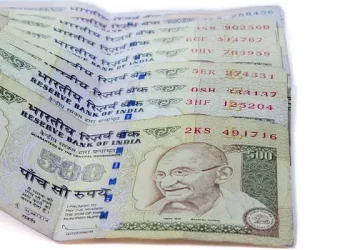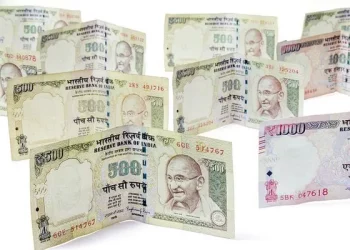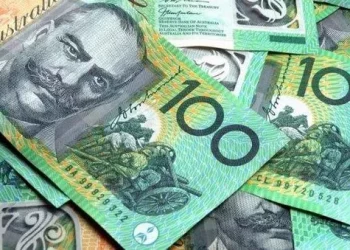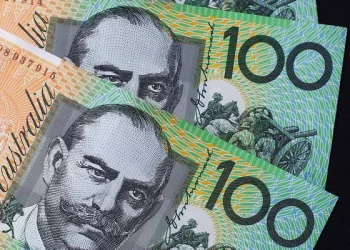In the world of currency, where smaller denominations dominate daily transactions, the $1,000 bill holds a distinct place. Its high face value and historical significance make it a topic of intrigue for collectors, financial experts, and curious individuals alike. But just how rare is the $1,000 bill? To understand its rarity, we must delve into its history, current status, and factors influencing its scarcity.
A Brief History of the $1,000 Bill
The $1,000 bill has been part of U.S. currency since the late 18th century. The earliest versions were issued during the American Revolutionary War as part of the Continental Congress’s efforts to fund the fight against British rule. However, these early notes were vastly different from the more recognizable $1,000 bills issued in later years.
The most notable $1,000 bills came into circulation in the 20th century. These bills featured prominent historical figures, such as Alexander Hamilton and Grover Cleveland. The 1918 series carried a portrait of Hamilton, while the 1928 and 1934 series showcased Cleveland, the 22nd and 24th President of the United States.
Initially, the $1,000 bill was not designed for general public use. Its primary purpose was to facilitate large transactions between banks and government institutions. In an era before digital transfers and electronic banking, high-denomination currency streamlined large-scale financial dealings. For ordinary citizens, a $1,000 bill was an uncommon sight.
The Discontinuation of the $1,000 Bill
In 1969, the U.S. government officially discontinued the production of high-denomination bills, including the $500, $1,000, $5,000, and $10,000 notes. This decision was driven by several factors, including advancements in electronic banking and concerns over money laundering and other illicit activities. At that time, the high-denomination bills were increasingly seen as redundant and risky.
While these bills remained legal tender, they were gradually phased out of circulation. Over the years, many were either redeemed by banks or destroyed, further reducing their numbers.
How Rare Is the $1,000 Bill Today?
The rarity of the $1,000 bill can be evaluated based on its availability, demand among collectors, and the historical context of its issuance.
1. Limited Supply
When the production of $1,000 bills ceased, their numbers were already limited. The majority of these notes were never intended for public use, and many were destroyed following their discontinuation. The few that survived were often preserved by collectors or institutions, making them a scarce commodity in today’s market.
2. Collector Demand
The $1,000 bill is a prized item among currency collectors. Its historical significance, coupled with its discontinued status, drives demand. Specific series, such as the 1918 Alexander Hamilton note or well-preserved 1934 Grover Cleveland bills, can command premium prices in the collector’s market. The rarity of uncirculated or mint-condition bills further amplifies their value.
3. Legal Tender Status
Although the $1,000 bill remains legal tender, using one in a transaction is exceedingly rare. Businesses and individuals are unlikely to accept such a high-denomination note due to concerns over authenticity and practicality. As a result, most $1,000 bills exist primarily as collectibles rather than active currency.
Factors Contributing to the Rarity of the $1,000 Bill
Several factors contribute to the scarcity of $1,000 bills in the modern era:
Government Redemption: Over decades, many high-denomination bills were returned to the Federal Reserve and destroyed. This systematic reduction in supply has made surviving notes increasingly rare.
Limited Circulation: Even during their peak usage, $1,000 bills were not widely circulated. Their primary role in interbank transactions meant they rarely appeared in the wallets of ordinary citizens.
Counterfeit Risks: The potential for counterfeiting has made both collectors and institutions wary of large-denomination currency. Many surviving bills are scrutinized carefully to ensure authenticity.
Preservation Challenges: High-denomination bills that were used in transactions often suffered wear and tear, reducing the number of high-quality examples available to collectors.
The $1,000 Bill in Modern Collecting
The collector’s market plays a significant role in determining the value and perception of $1,000 bills. Factors such as condition, rarity, and historical significance influence their appeal.
Condition and Grading
Collectors categorize $1,000 bills based on their condition, ranging from “Good” (heavily worn) to “Uncirculated” (pristine and untouched). Bills in better condition are significantly rarer and more valuable. The grading process involves careful inspection of factors such as creases, stains, and ink clarity.
Historical and Series Significance
Certain series of $1,000 bills are more coveted due to their unique designs or historical contexts. For instance, the 1918 Alexander Hamilton bill is a favorite among enthusiasts for its elegant design and association with one of the Founding Fathers. Similarly, the 1934 series featuring Grover Cleveland is sought after due to its relative abundance compared to other series.
Market Value
The market value of $1,000 bills can range from a few thousand dollars to tens of thousands, depending on their rarity and condition. Auction results and private sales provide insight into their pricing trends, with some exceptionally rare specimens fetching record-breaking amounts.
Why the $1,000 Bill Matters
Beyond its monetary value, the $1,000 bill represents an era of U.S. financial history when large-denomination currency was a practical necessity. It serves as a reminder of the evolution of commerce and the transition to modern banking systems.
For collectors and history enthusiasts, the $1,000 bill offers a tangible connection to the past. Each note tells a story, whether it was used in a major financial transaction or carefully preserved as a relic of a bygone era.
Conclusion
The $1,000 bill is indeed a rare and fascinating piece of American currency. Its limited supply, historical significance, and appeal among collectors contribute to its mystique. While it is unlikely to appear in everyday transactions, its legacy endures as a symbol of a time when paper currency played a pivotal role in large-scale finance.
For those fortunate enough to own a $1,000 bill, it represents not just a high-value note but also a valuable slice of history. Whether you are a seasoned collector or simply intrigued by the rarity of this denomination, the $1,000 bill remains an enduring icon of American numismatic heritage.
Related Topics:




























